Cross-Cutting Challenges: Theme 2
The 2018 Haptics Symposium will feature two Cross-Cutting Challenges sessions. The goal of this set of sessions is to come together to focus on interdisciplinary challenges (“themes”) calling for united solutions from the haptics community. This year's second CCC theme is Haptic Dimensions of Surfaces.
This session will take place from 2:00 p.m. to 5:30 p.m. on Sunday, March 25, in the California rooms at the Westin St. Francis.
Keynote Talks

Keynote:
Measuring tactile information relevant to human perception
Speaker:
Jeremy Fishel - SynTouch, USA

Keynote:
Sensory evaluation uses descriptive analysis to document perceived attributes of textures
Speaker:
Gail Vance Civille - Sensory Spectrum, Inc., USA
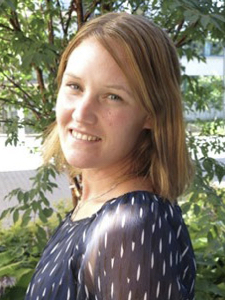
Keynote:
Haptic dimensionality of fine textures – feeling smooth, small and fine
Speaker:
Lisa Skedung - RISE Research Institutes of Sweden, Sweden

Keynote:
Parameterizing the tactile gamut
Speaker:
Ed Colgate - Northwestern University and Tanvas, USA
Interactive Discussions
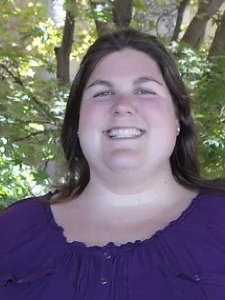
Interactive Session:
Modeling and perception of tool-based virtual surfaces
Speaker:
Heather Culbertson - University of Southern California, USA
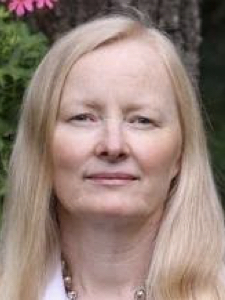
Interactive Session:
Sensing materials thermally
Speaker:
Lynette A. Jones - Massachusetts Institute of Technology, USA

Interactive Session:
Capturing and reproducing tactile texture at the fingertip
Speaker:
Michael Wiertlewski - Aix-Marseille University, France

Interactive Session:
Virtual textures by electrostatic attraction
Speaker:
Evren Samur - Bogazici University, Turkey

Interactive Session:
Perceiving minimal frictional cues
Speaker:
David Gueorguiev - Max Planck Institute for Intelligent Systems, Germany
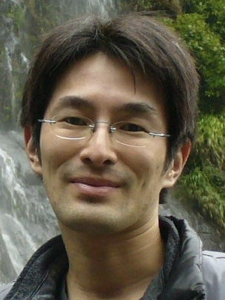
Interactive Session:
Tactile dimensions of texture
Speaker:
Shogo Okamoto - Nagoya University, Japan
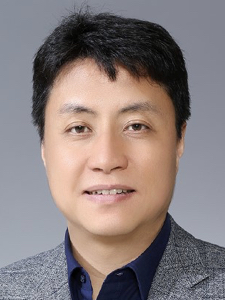
Interactive Session:
Data-driven haptic rendering of surface properties
Speaker:
Seungmoon Choi - Pohang University of Science and Technology, Korea
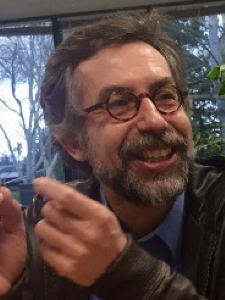
Interactive Session:
Tactile perceptual effects specifically relating to surfaces
Speaker:
Vincent Hayward - University of London, UK, and Actronika SAS, France
Description
The tactual properties of our surroundings do not chatter at us like their colors; they remain mute until we make them speak” – David Katz, The World of Touch (1925).
While much has been learned about the perceptually relevant dimensions of hearing and vision, an equally comprehensive understanding of touch is still in its infancy. This challenge seeks to bring together perspectives of experts and stakeholders from a wide range of backgrounds to converge on the “dimensions” that contribute to the haptic perception of surfaces. Understanding these dimensions may ultimately help define the requirements of next-generation devices that can effectively record and play back touch for all or a specific subset of surfaces, enabling new applications in e-commerce, telerobotics and AR/VR, so that users can ultimately feel the virtual, remote or pre-recorded surfaces they’re touching.
Early works into the perception of touch focused on psychophysics and the roles of exploratory movements. These foundational studies were reinforced further by studies into mechanotransduction mechanisms and responses of sensory afferents that inform our tactile and kinesthetic perception. While informative, the complex and interactive role that movement plays in haptic perception obfuscates a clean first principles understanding based on sensory responses alone. As a result, obtaining the equivalent to the RGB dimensionality of color has been somewhat elusive for the sense of touch. Without such a general understanding, multiple industries interested in defining tactile perception for product development and quality control purposes have attempted to develop their own application-specific dimensionality to meet their needs, albeit without much success.
In recent years, advances have been made in tactile sensors that can record surface properties, and in tactile displays to play back those recordings as well as “designed” textures. This pending ability to link recording and playback of touch brings the dimensionality question back into the spotlight. How should the tactile dimensions of surfaces be defined? A wide range of perspectives corresponding to a wide range of backgrounds has evolved over time, including those of:
- psychophysics and the relationship between physical characteristics and perceptual differences;
- neuroscience, neural coding and processing of tactile input;
- sensory sciences and experts who provide subjective measurements of how products feel;
- tactile sensors and signal processing algorithms to characterize and discriminate objects by touch;
- haptic displays and basis functions to create different haptic effects.
In this cross-cutting challenge, we seek to reach out to experts in disparate fields to bring together knowledge toward the goal of elucidating the perceptually relevant dimensions of tactile surfaces, while helping to define the requirements and performance characteristics of technology seeking to record and play back touch. We seek to identify a path forward on how to find those dimensions, how to create the necessary technology, how to design benchmark problems and standardize scientific data, and how all this can be made available to designers, among other discussions that the community deems relevant.
Organizers
 |
 |
|
|
Jeremy Fishel |
Ed Colgate |


